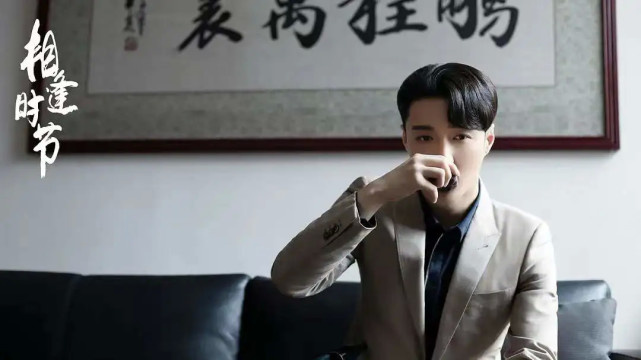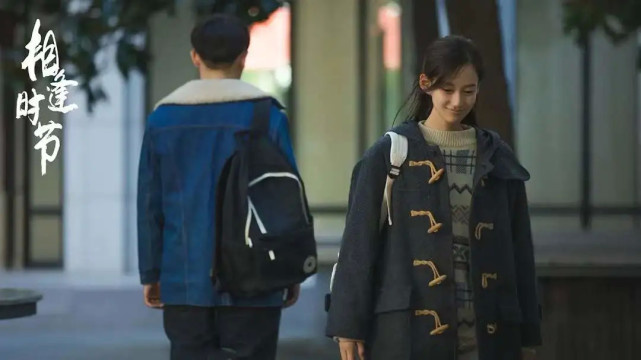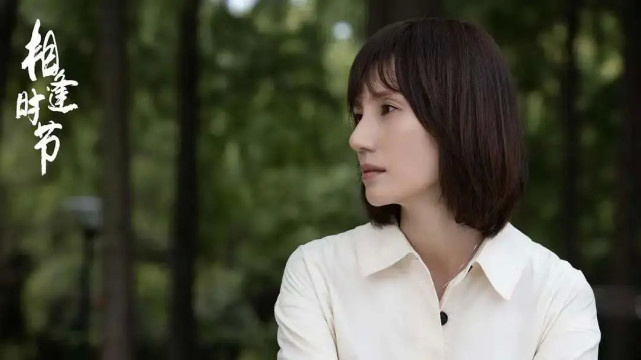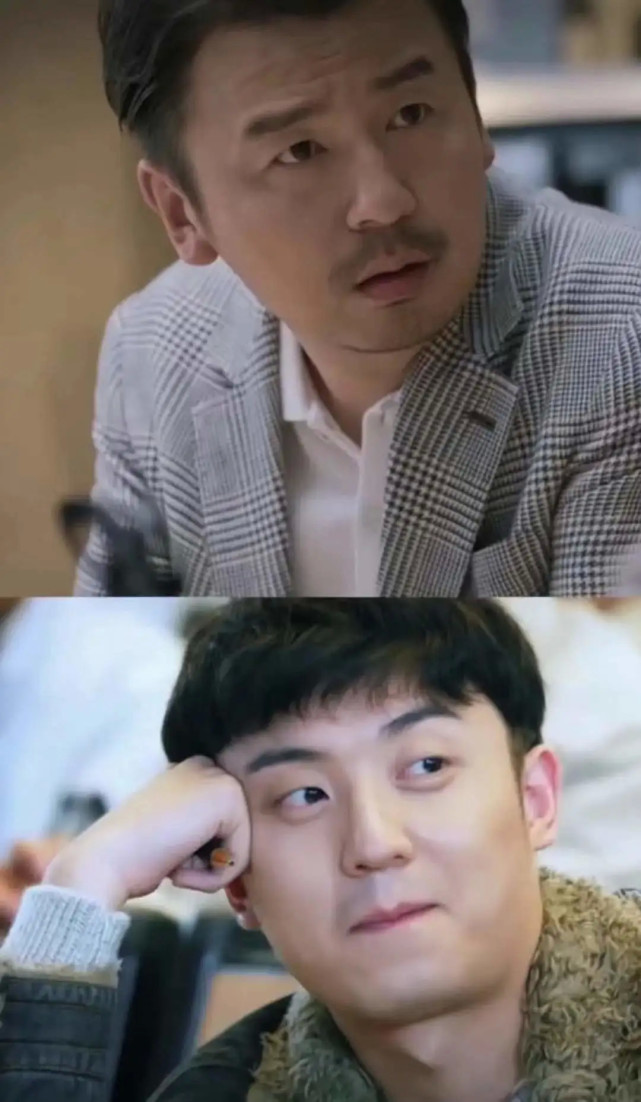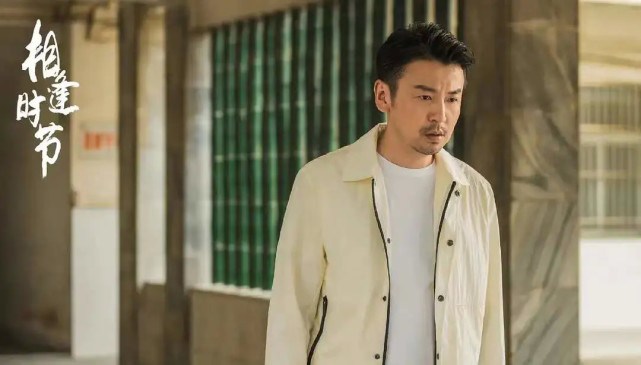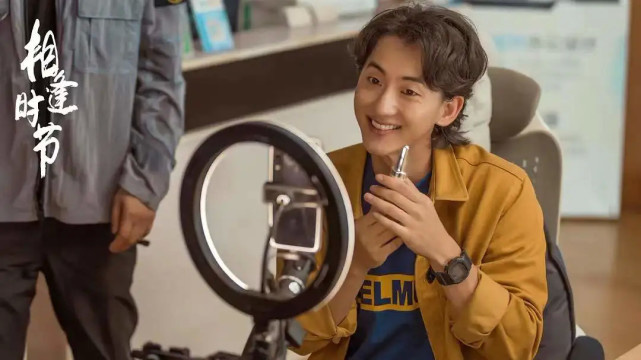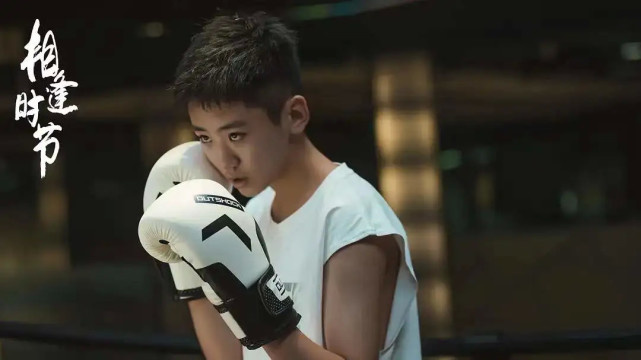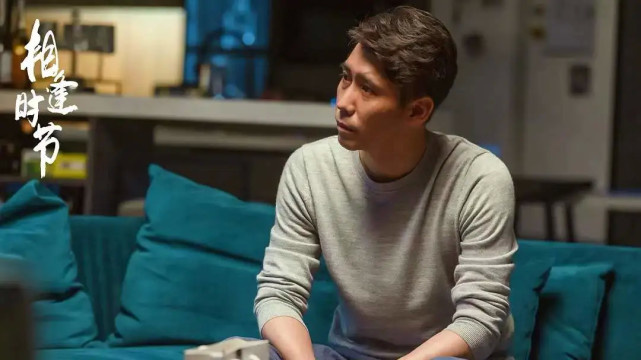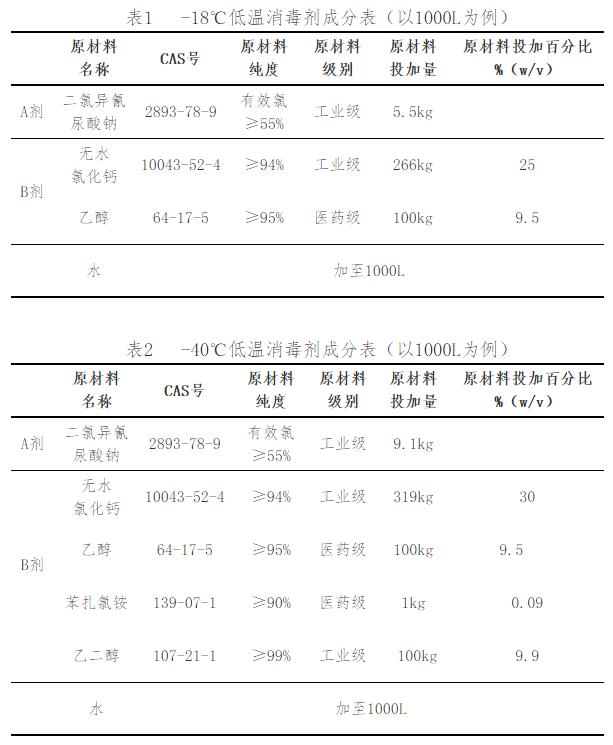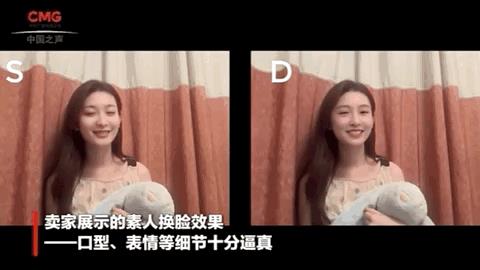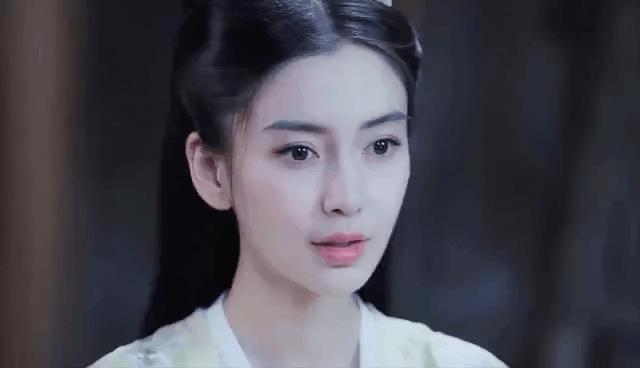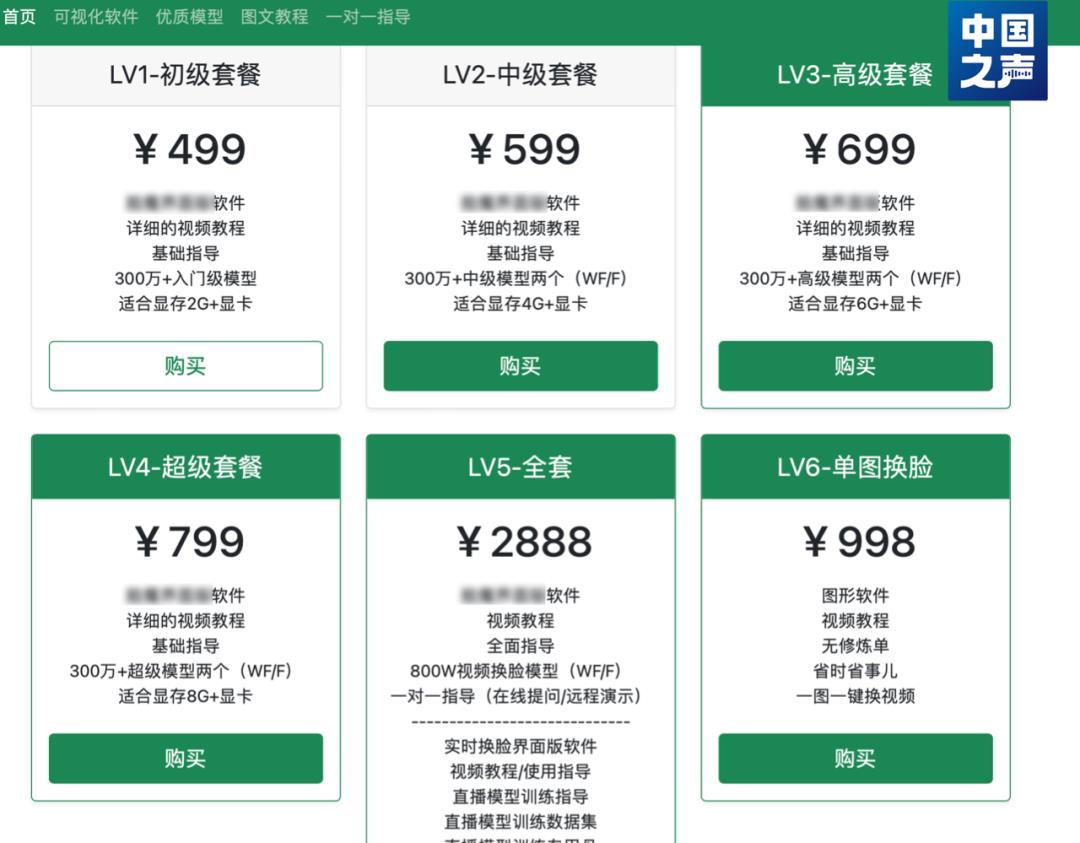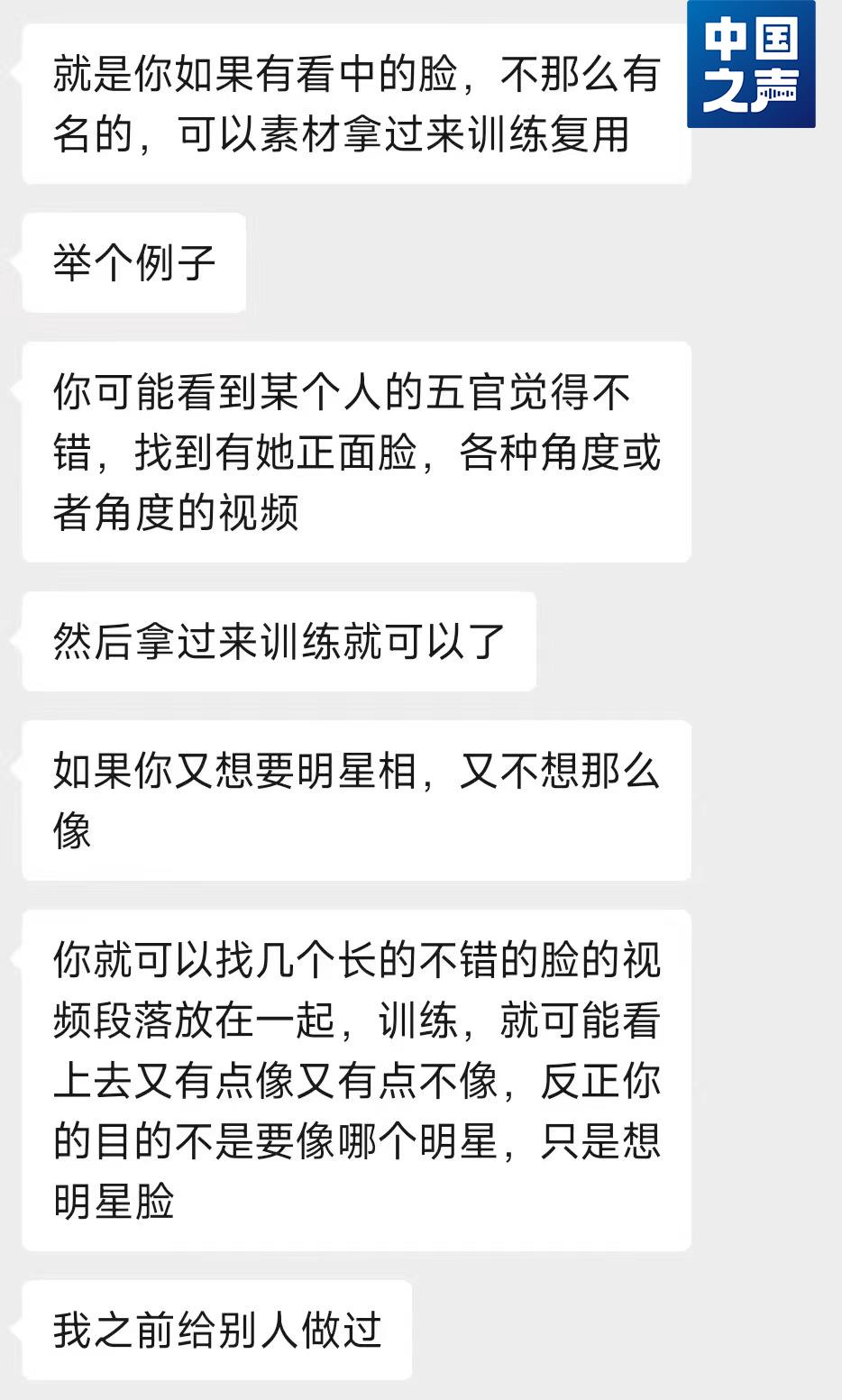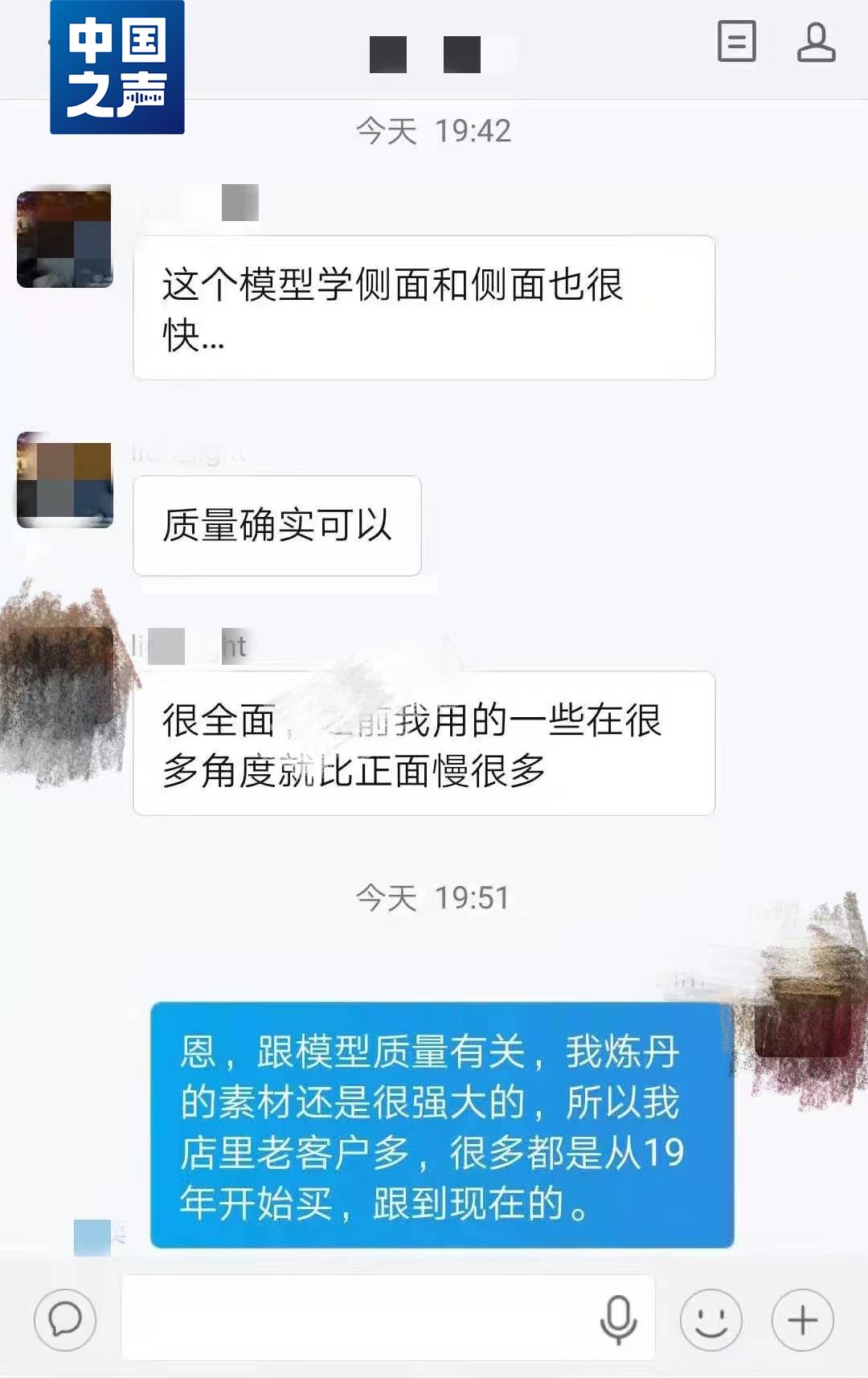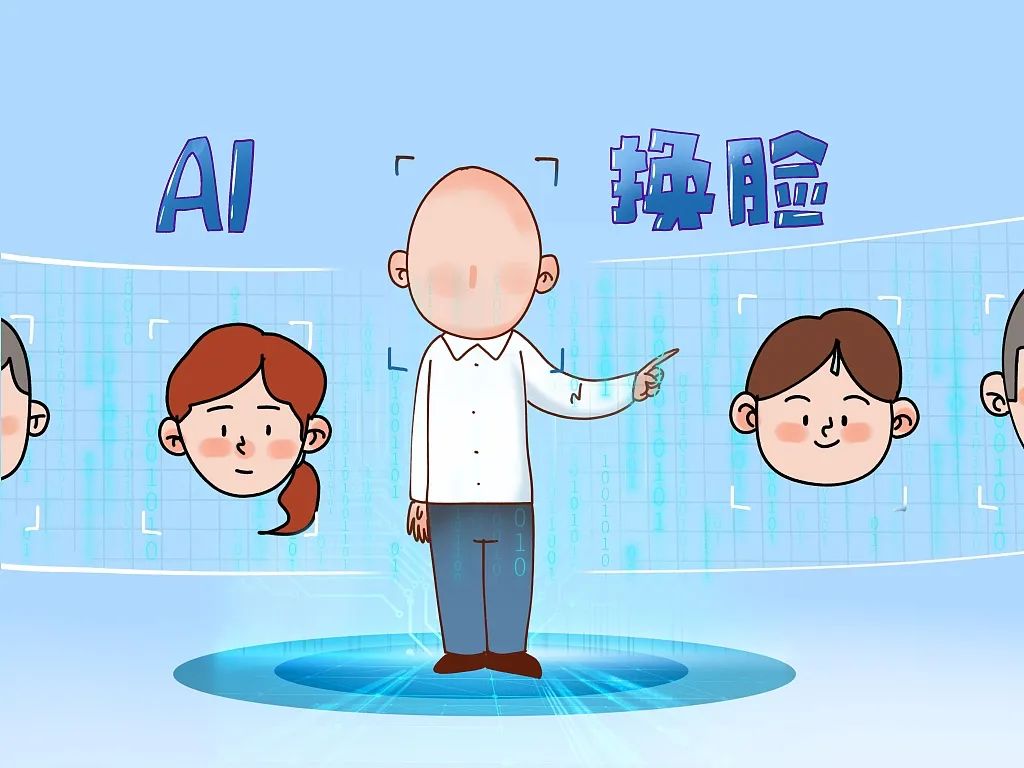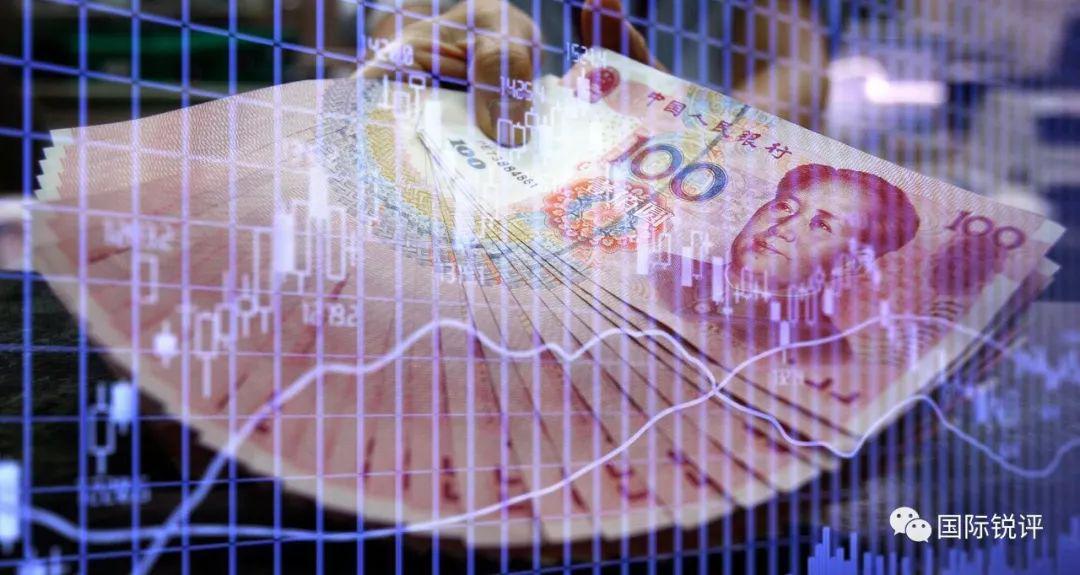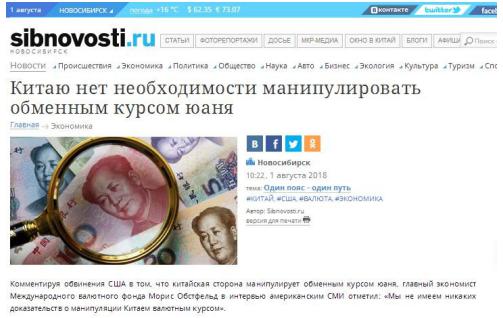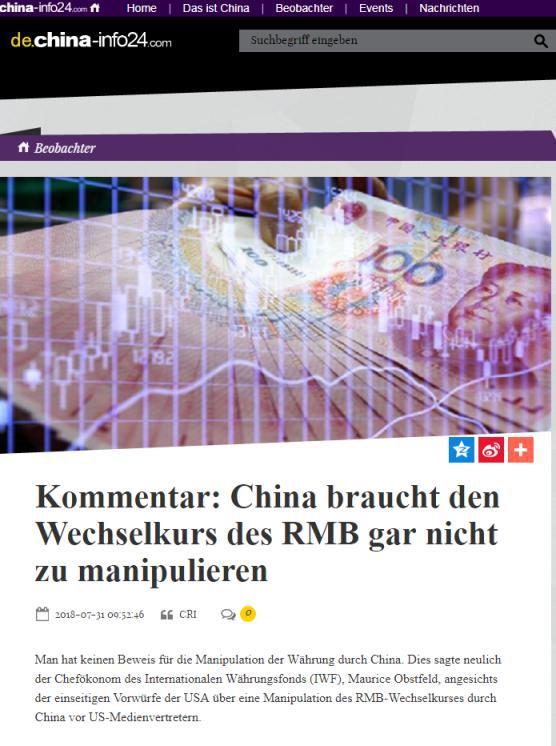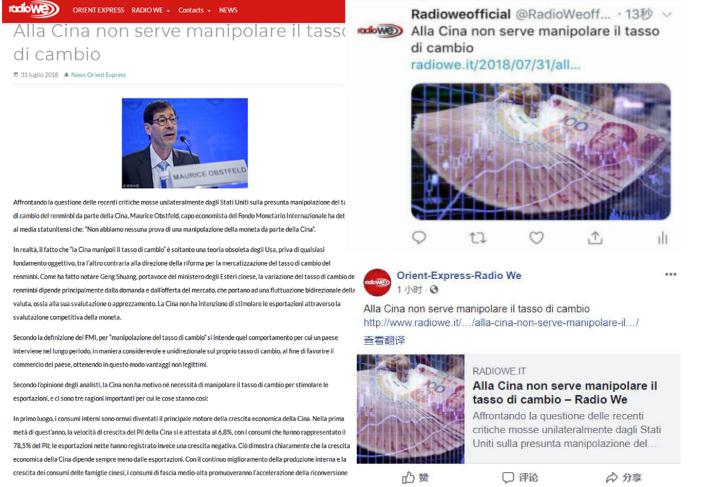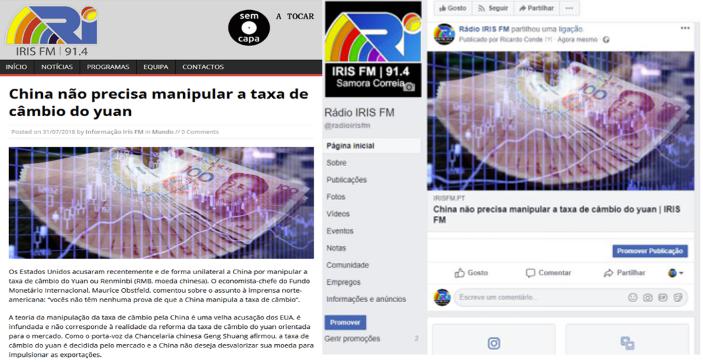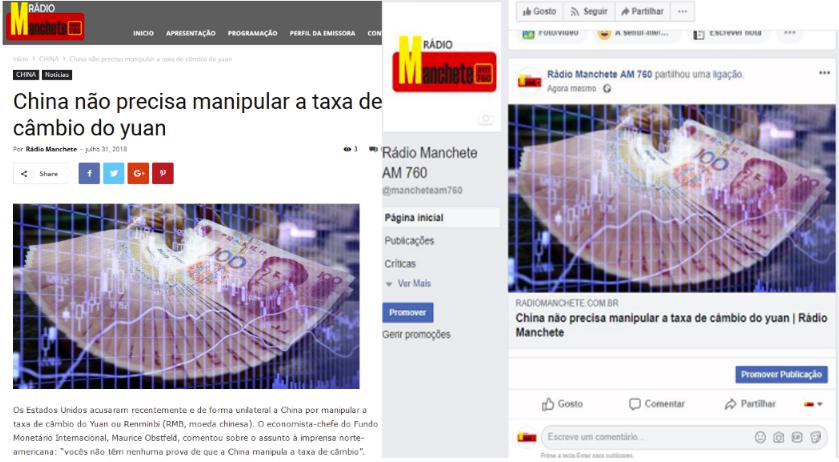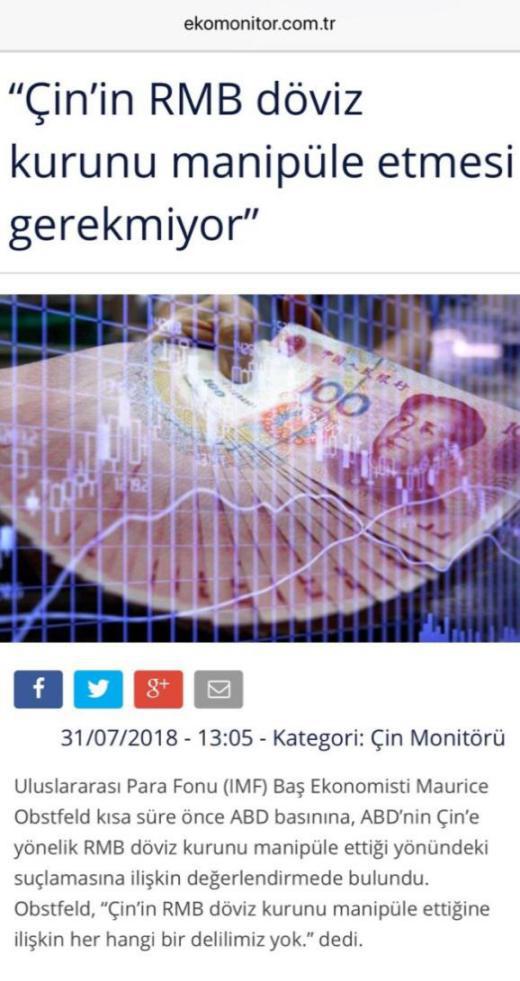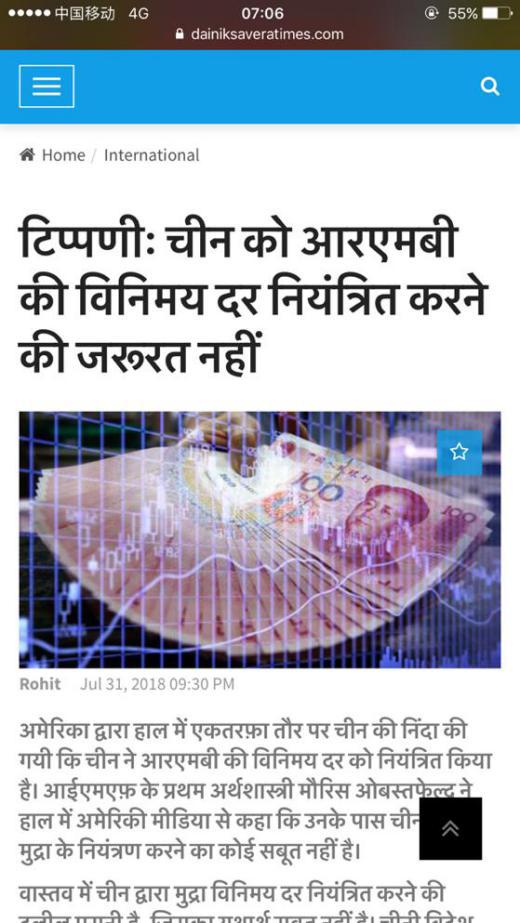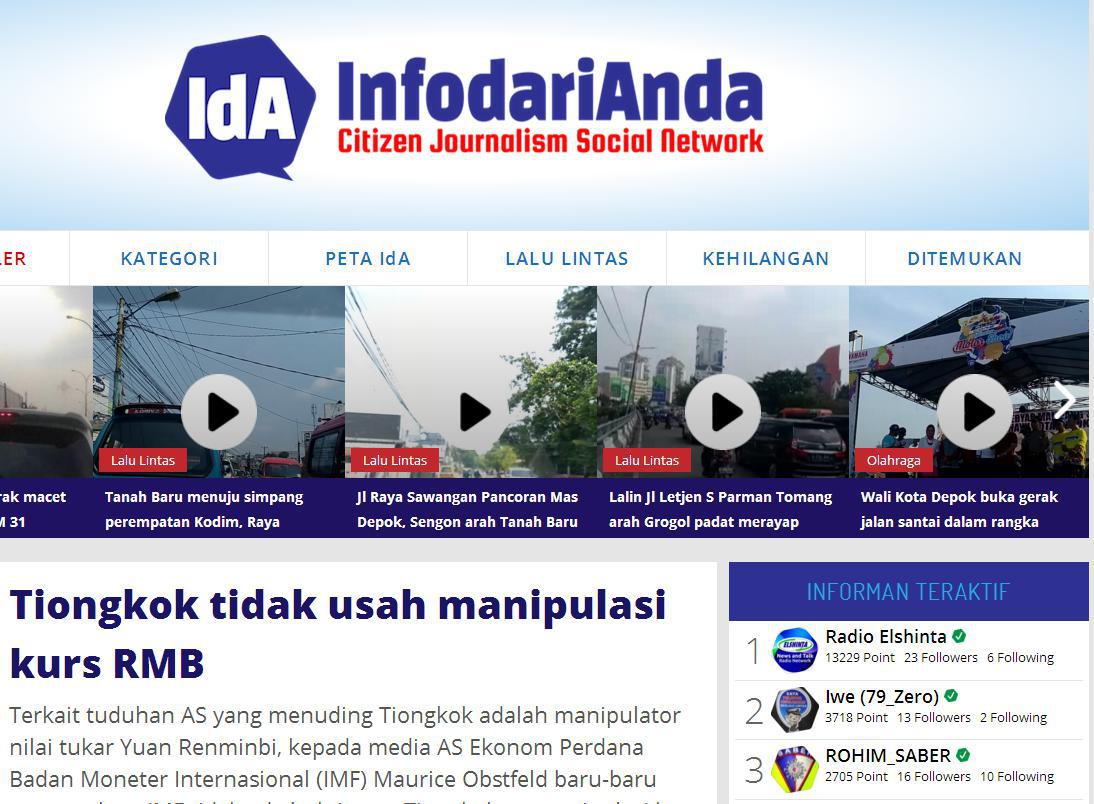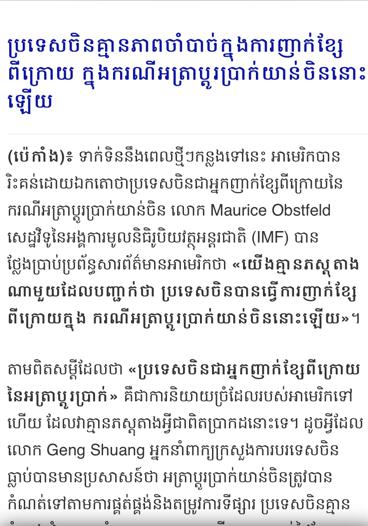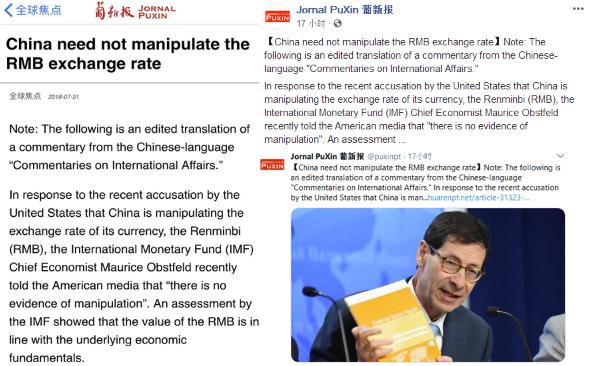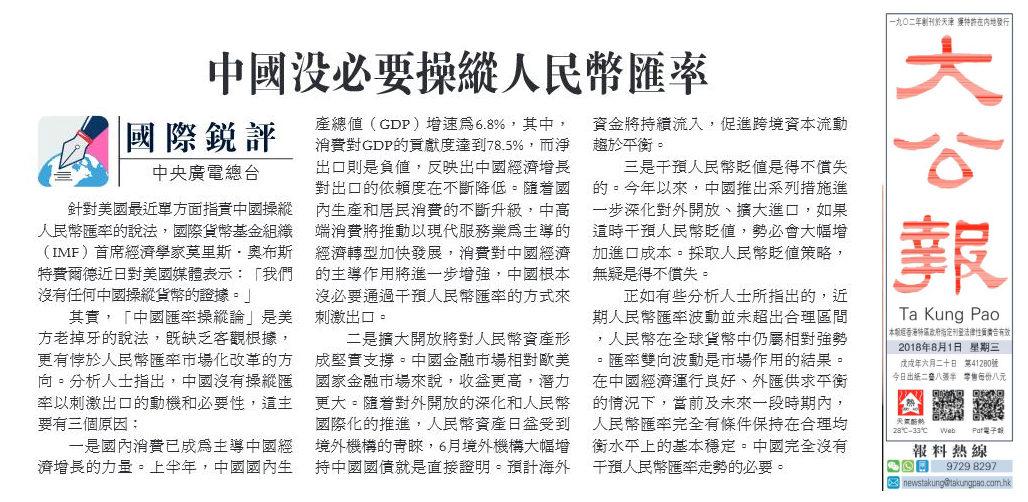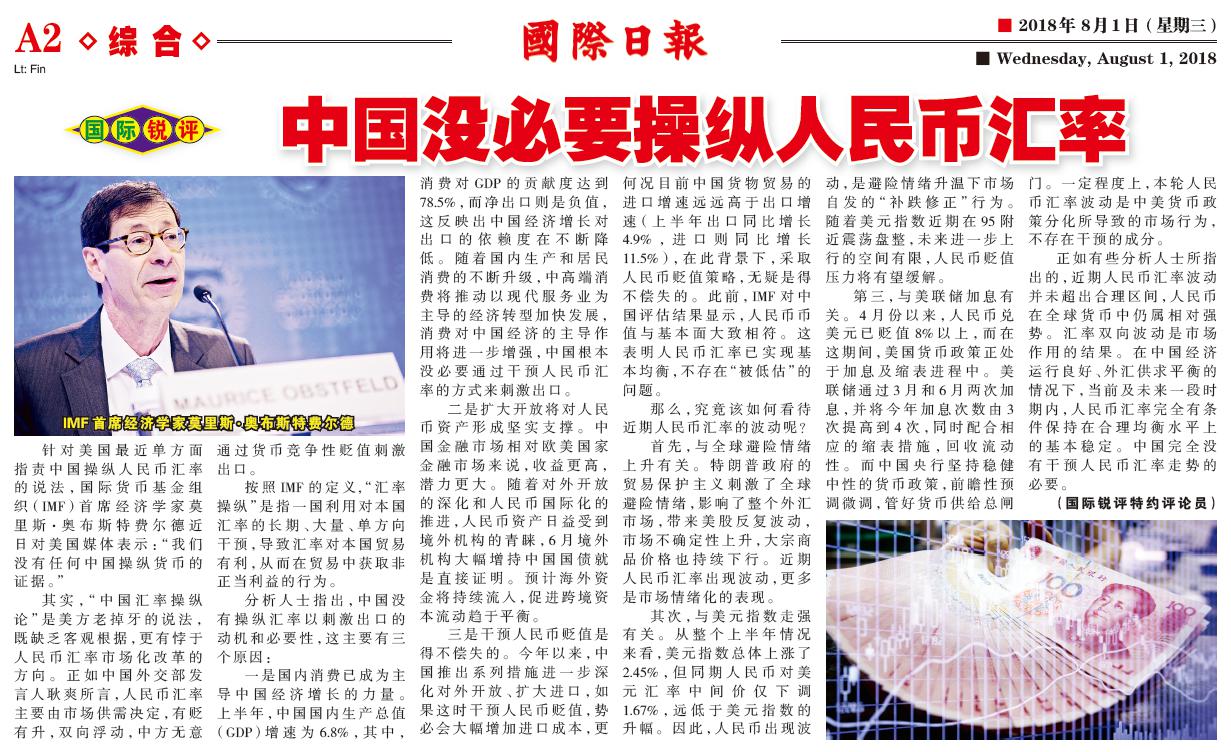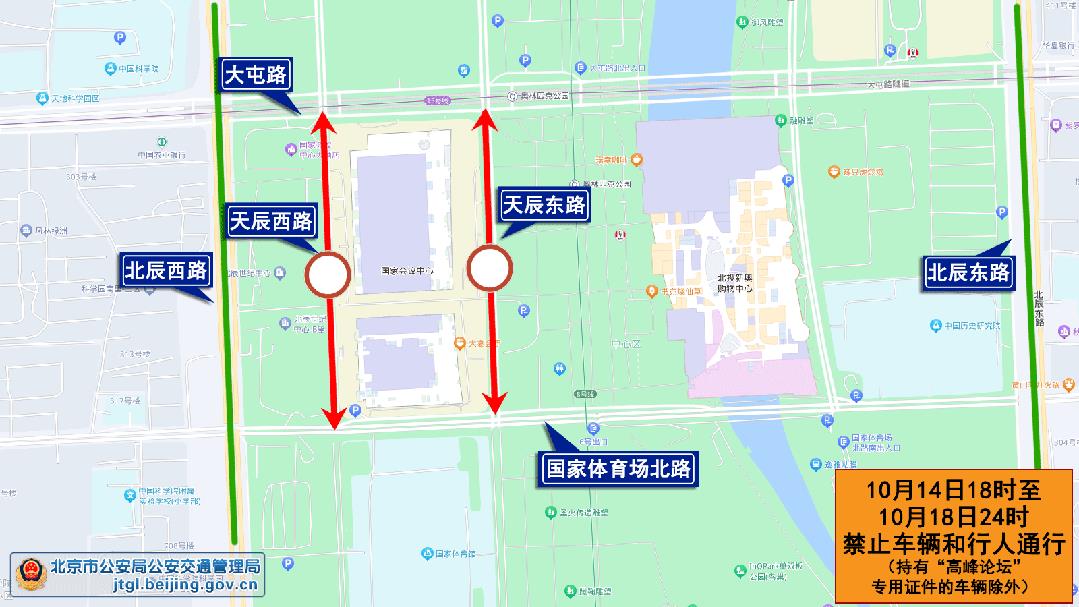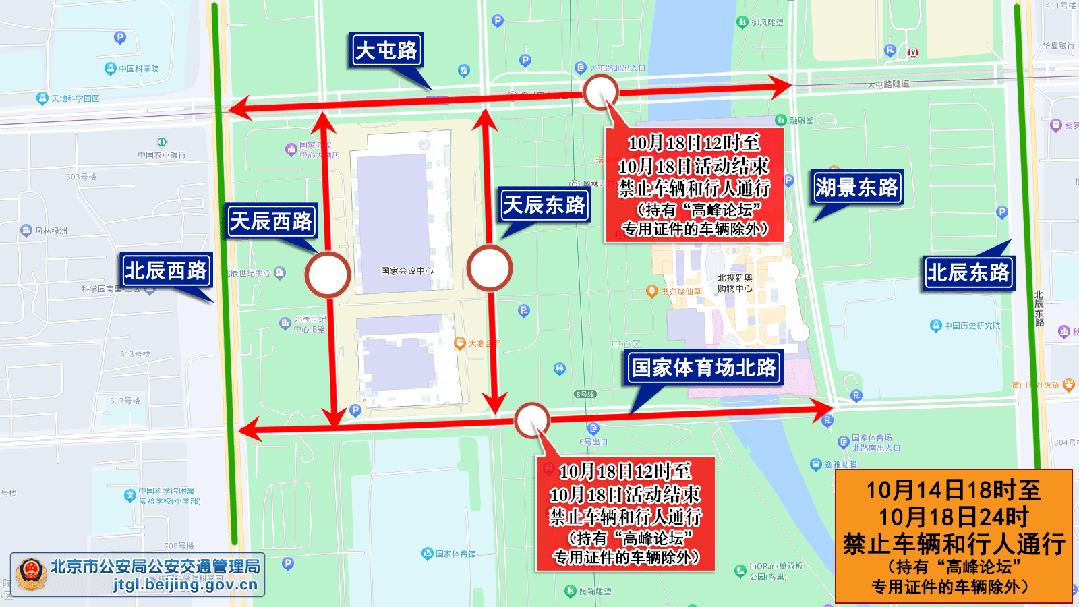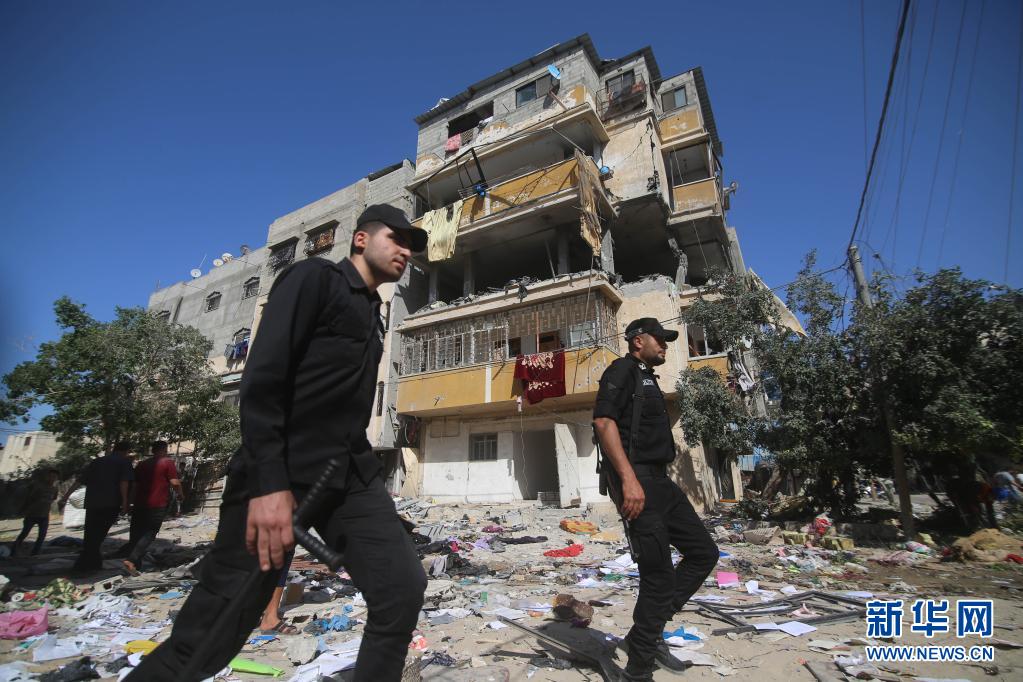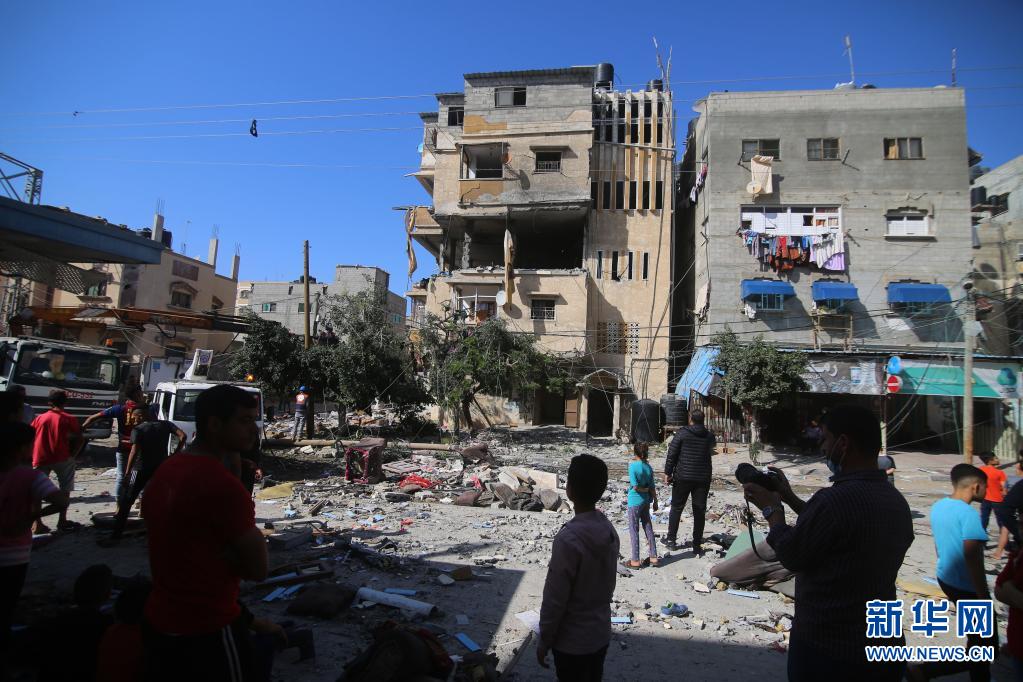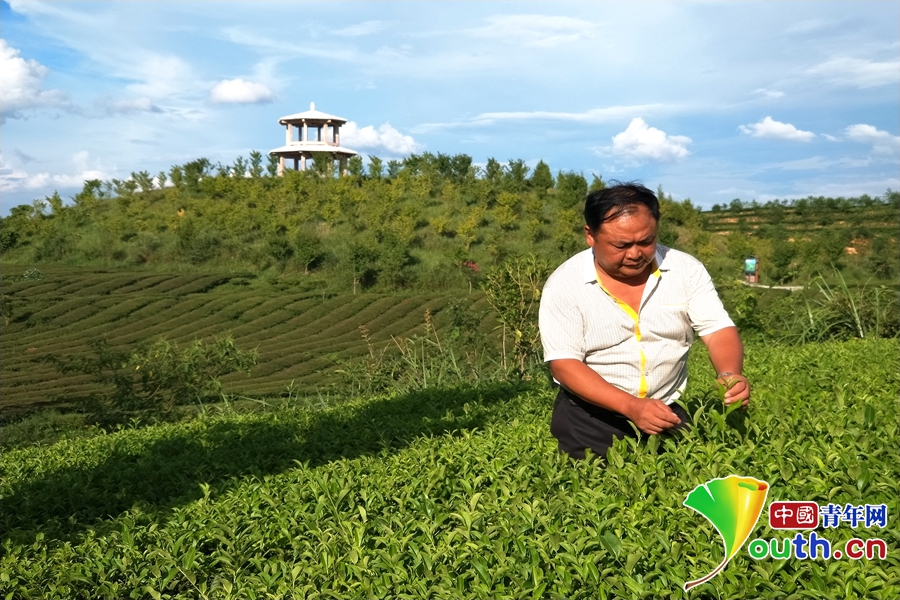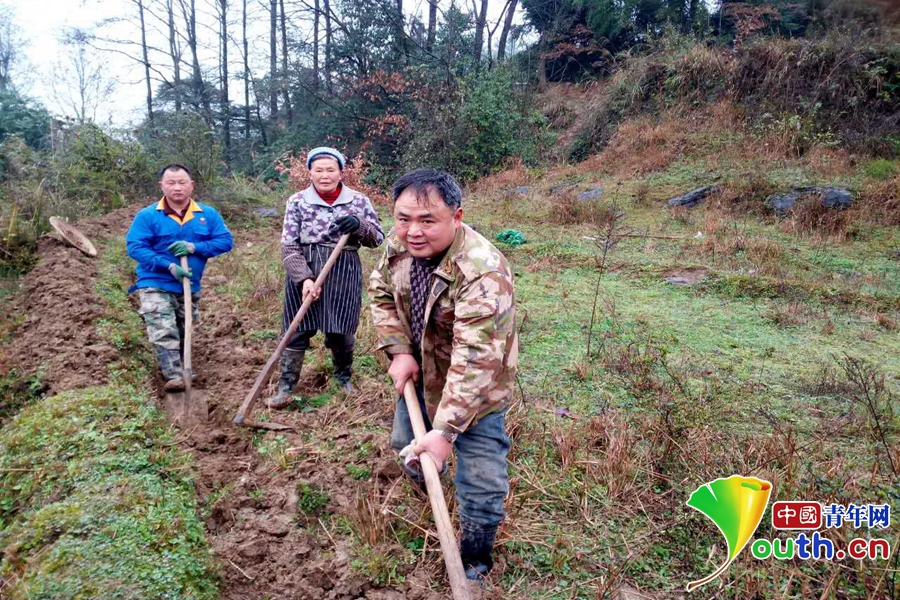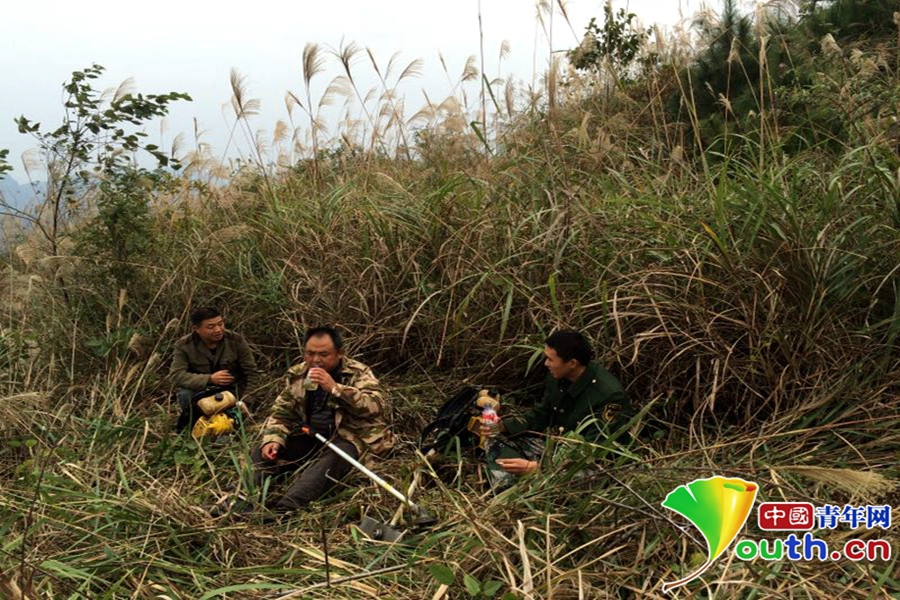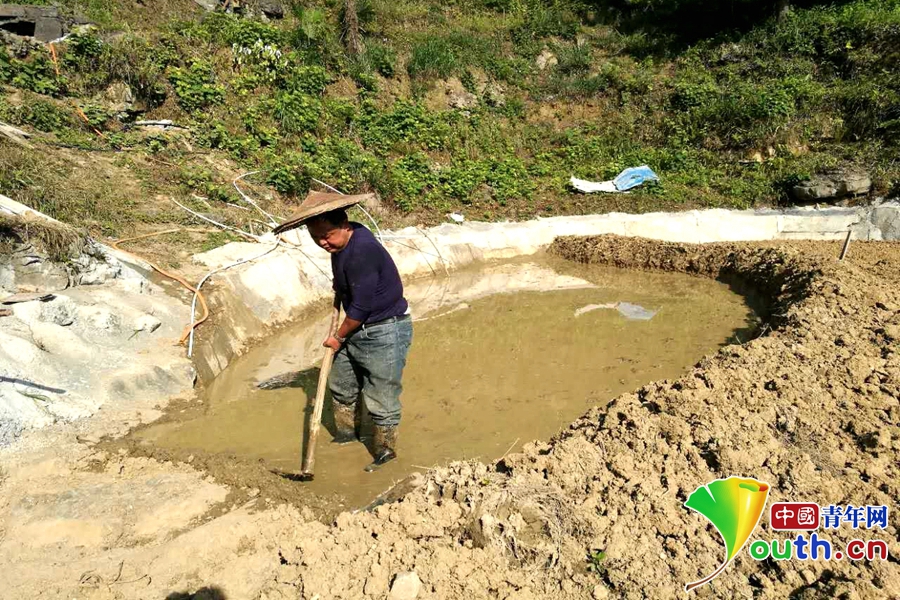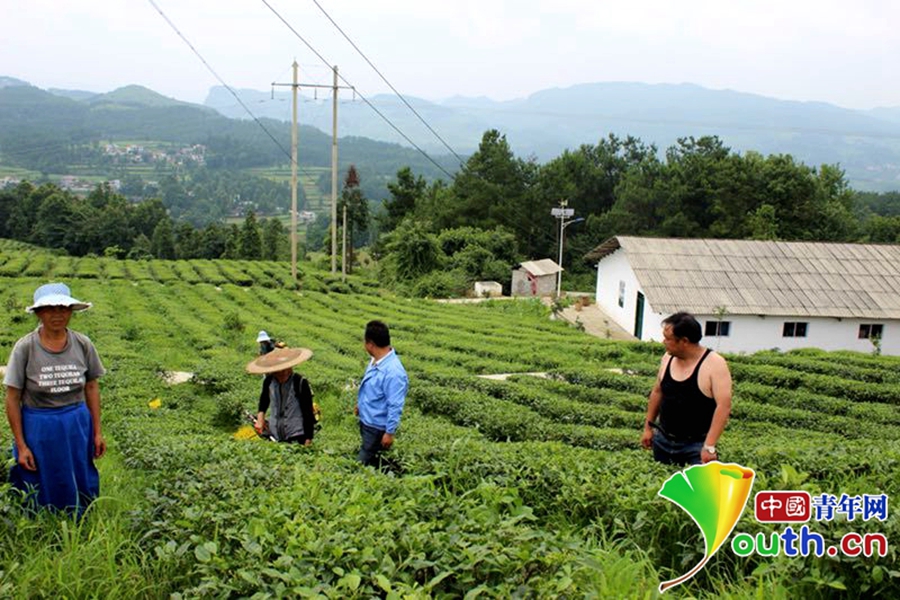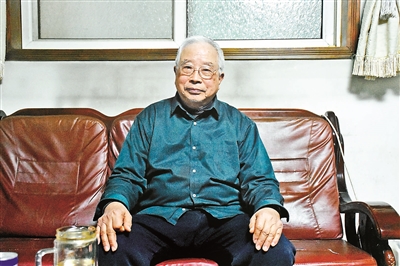
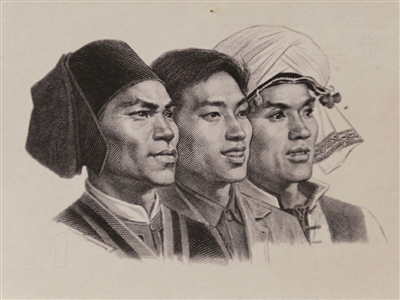
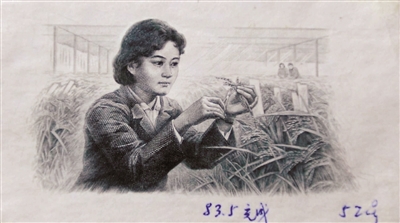
Respondent: Su Xihua
Presenter: Wu Bingcong
Time: January 28, 2018
biographical notes
Su Xihua was born in Baoding, Hebei Province in 1933 and graduated from Hebei Finance College in 1955. Senior Arts and Crafts Artist, Beijing Banknote Printing Factory, China People’s Bank Banknote Printing and Minting Corporation. His carved head of the Queen of England won China a good reputation in the international banknote printing industry; Soong Ching Ling portrait was selected by Soong Ching Ling Foundation; The giant portrait of Chairman Mao at Work was collected by Chairman Mao’s former residence and Chairman Mao Memorial Hall. China’s fourth set of portraits carved by him on the face of 100 yuan, 50 yuan and 10 yuan in RMB represents the highest level of carving technology in China. He has won the Meritorious Medal of the Banknote Printing and Minting System of the People’s Bank of China, and the Labor Medal of the Capital on May 1st, and enjoyed the special government allowance issued by the State Council.
Interview notes
On March 22nd, the central bank released a news. With the approval of the State Council, the central bank decided to stop the circulation of the fourth set of RMB in full denomination in the market from May 1st. From 1987 to 2018, the fourth set of RMB 31-year circulation will also come to an end. This set of RMB is the product of meeting the needs of China’s economic development, further improving China’s monetary system, and making breakthroughs in design ideas, styles and printing techniques. Among them, Su Xihua, a senior arts and crafts artist in Beijing Banknote Printing Factory of China People’s Bank, is responsible for carving portraits of people in 100 yuan, 50 yuan and 10 yuan vouchers. The 100 yuan Voucher carved by him is not only the "resurrection" of the hundred-dollar bill in China after the reform and opening up, but also the first time that the portraits of Mao, Zhou, Liu and Zhu were selected together on the RMB. In this set of RMB, he became the main sculptor of the fourth set of RMB with his skillful carving techniques and bold innovative spirit. When the fourth set of RMB is about to bid farewell to the public, we contacted Mr. Su Xihua to talk about his sculpture story.
You went to Hebei Institute of Finance in 1952 and studied accounting at Baoding Bank School at that time. How did you get the chance to start carving later?
There is a little history in it. I grew up in the war years, because the war was raging at that time, and my family let me drop out of school. After liberation, I didn’t go to primary school until I was seventeen or eighteen. After graduating from primary school, I was admitted to Baoding Bank School. This school has good conditions, and it doesn’t charge tuition fees. Because this school has excellent conditions and can reduce the financial burden on my family, I gave up other schools I was admitted to to to study there.
At school, I studied banking accounting for three years. At that time, I had to learn junior high school culture courses plus junior college banking courses. After studying for three years, we graduated. At that time, Sino-Soviet relations had begun to break down, and our country urgently needed to issue new RMB and stamps, and people were needed in the factory. Our group of graduates went directly from Baoding to Beijing’s 541 Factory (now Beijing Banknote Printing Co., Ltd.) to support the industrial construction of the capital. In all, more than 100 people gave up their accounting major and went to work in the factory.
After I entered the factory, my initial position was as a worker in the sealing workshop. Although it was a pity to give up my original major, I also like it here because I can come to Beijing, which is a state-owned enterprise in a special industry with a good environment and complete facilities. At that time, I worked hard and made progress in my thoughts. I joined the party in the first year of entering the factory, and I was transferred to the design room more than a year later. When I was first transferred, I didn’t understand it. I told our section chief that I was doing well here and didn’t want to leave. However, the section chief said that our students were of good quality, and their cultural level was relatively high at that time. The design department needed us to "take technical classes and catch up with the international level", so I transferred to the design department to engage in hand carving.
② You carved characters at first, and then gradually set foot in decoration, landscape and portrait carving. What was the process?
At that time, more than a dozen of us were transferred from the sealing workshop to the design room, and each of us was assigned a different direction to start studying and working. This department is divided into three parts: design, hand carving and machine carving, and I was assigned to the direction of hand-carved text carving. Carved characters have the lowest technical content in hand carving, followed by decoration, scenery and portraits, among which portrait carving is the most difficult and the most contribution. At that time, I was assigned the job of carving words, and I was not half-hearted, so I obeyed the assignment and concentrated on carving words. After studying with Master for eight years, Master retired, just in time to carve the third set of RMB, so I took over the master’s class and carved the text of 5 yuan and 10 yuan banknotes in the third set of RMB. In the process of completing the carving task, the teacher also taught me to carve patterns, so I tried it myself, changed the original method of carving layer by layer, and the carved patterns were better than the most advanced universal carving machine in the factory at that time, which was recognized by the leaders, so the patterns I carved were also selected into this set of RMB.
At that time, the technology was somewhat closed, and the technicians who carved landscapes could naturally carve portraits when they reached a certain level, but no matter how well they carved words and decorations, they could not. Although some boundaries were broken after liberation, there was no specific opportunity to learn all-rounders at that time, let alone "job-hopping" now. At that time, it was very difficult to directly transfer from engraving characters to engraving portraits, and in order not to affect others, I learned layer by layer, sincerely asked the teacher for advice, first learned to engrave decorations, then learned to engrave landscapes, and finally attacked portraits. I have been studying by taking the path for 26 years, so I really started carving portraits, only ten years before I retired.
(3) in the decade of the "Cultural Revolution", someone criticized you for being "only expert but not red". What was the situation at that time?
During the "Cultural Revolution", the ultra-left ideological trend was serious. Our department belonged to the technical department, and the technicians were also called "smelly Laojiu". Some leaders were sent to the May 7th Cadre School. At that time, some young people didn’t like my study. At the meeting, they insinuated that I was "not prominent in politics, only professional and not red, and purely technical". But at that time, the thought in my heart was, how can we catch up with the international level when we are out of work and making revolution like you? But I didn’t do anything special, so I chose a work of "Chairman Mao inspects the Red Guards" to express my love for Chairman Mao, and I also avoided the edge.
④ You worked very hard when carving the portraits in the fourth set of RMB, and worked overtime for 120 working days to complete the task. What was the state at that time?
At first, I carved characters, and I was junior in carving portraits, but I also hoped to show my achievements in years of study in the fourth set of RMB, so I worked very hard. The first task was to carve the workers and peasants intellectuals on the 50 yuan voucher. I won the competition with the Shanghai sculptor, and the original was selected. When the second 10 yuan coupon was carved, the leader only assigned me to carve it, so the pressure was even greater. There was no mistake, otherwise there was no substitute. I worked hard for more than two months and completed the task on time. Carving the heads of Mao, Zhou, Liu and Zhu on 100 yuan paper money was the most important thing at that time. Many experts from Beijing, Shanghai and Sichuan will spend four months to complete the statue. At that time, I thought that it was not appropriate to use traditional carving techniques to express the characters in relief style, and the content and form were not uniform enough. So I made up my mind to break away from convention and innovate, and changed the traditional curve carving techniques to use parallel lines and points to express them. At that time, time was tight and the task was important. I got up at four or five o’clock every morning to work overtime, and I didn’t get off work until 10 o’clock in the evening. Every day, I had to carve it under a magnifying glass for more than 13 hours.
Who do you admire most and why?
My vision is more about the industry I am engaged in, so the people I admire most are also in the industry. For example, the first generation of sculptors and the second generation of sculptors that we passed down, their technology and development have had a lot of help and influence on me, so I admire these people more. There are also people I admire in the society, such as program hosts. They have a wide range of knowledge and can talk, but we are engaged in different industries and have different advantages. I admire outstanding talents in all aspects.
⑥ Many people call you a "great country craftsman". How do you understand "ingenuity"?
I think "ingenuity" is a persistent spirit of Excellence. Just like I finished repairing the steel, it is not artistic, but it is done carefully bit by bit. For example, when carving a portrait, it is always hard to leave this small place for several months, but it is also necessary to ensure that the quality of the finished product is not problematic. "Ingenuity" is what we advocate now, and it is also a requirement and encouragement for technicians to do things well and do the rough work carefully.
⑦ What do you do for those who are trained?
In this respect, I have really made efforts. It can be said that I have broken the division of labor of manual carving taught by American sculptors. From the time I taught my disciples to carve words, I told them that carving words should also lay the foundation for carving people. I can’t learn skills like running a marathon like me, and I can’t only carve words all my life like my master. I also arranged training for them to learn multi-faceted techniques, paving the way for carving portraits. Later, I served as the deputy director of the design room. At that time, the talents of portrait carving were not available, so I organized all the old, middle-aged and young sculptors who had a certain carving foundation to invest in the portrait carving technology, which improved the overall level of portrait carving and provided talent guarantee for later engraving the fifth set of RMB.
When carving the portraits on the fifth set of RMB 50 yuan coupons, according to the requirements of the head office, the design studio sent two young designers to compete for carving, and I served as their guidance. When one of the young sculptors carved the fifth set of portraits of Chairman Mao with RMB 50 yuan coupons, the first edition widened the overall line spacing, so that the skin texture of the characters could not be expressed in place and could only be invalidated. Later, I told her a value that could ensure the success of the line pattern and asked her to change the plate and engrave it again. Finally, her work was successfully adopted. Later, when carving the 5 yuan coupon, the sculptor widened the temporal pattern spacing when carving the portrait of Chairman Mao, which made the overall line pattern out of proportion and affected the image. However, it was too late to carve it again, so I quickly taught her my "steel-mending stunt" to help her repair and adjust the pattern spacing, so that she completed the task on time and was finally adopted. I have spared no effort to help young sculptors grow up, and I have not failed to live up to the expectations of the leaders.
Did your early life experience have any influence on later sculpture creation?
Speaking of this problem, I really can’t ignore the influence of my family on me. Although my family is not a noble family, it has a certain cultural foundation. My great-grandfather was a gongsheng and my second grandfather was a scholar. My grandfather didn’t catch up with the imperial examination. Growing up in such a family that attaches great importance to education, I was seventeen or eighteen years old after liberation, and my family also supported me to go to primary school. Because of my family’s education, I went to school and had a successful "stepping stone".
Pet-name ruby from farmers to a generation of masters in the field of sculpture, what do you think is the most important factor for your high achievements?
In fact, the most important thing is the spirit of hard work and hard study, which is the foundation of success. It is not enough to be smart without hard work, but to pursue it persistently. Of course, I may have relatively strong adaptability and acceptance in carving.
Attending are you a perfectionist?
Yes, I am a person who pursues perfection, and the idea of perfection above perfection is very serious. I will do things more seriously, which is one of my advantages and a magic weapon to win.
⑾ If you don’t take this job, what career will you choose?
I work diligently and sincerely wherever I go. At first, I did seal inspection in the workshop. I didn’t think about doing anything else. I just wanted to do this job well. The sealing work needs quick eyes and quick hands. I am not particularly talented in this field, but I have also worked hard and hard. Later, I started carving, and I didn’t pick and choose. I carved whatever I asked. Generally speaking, I try my best to do it well when I am assigned to do it. I have no great ideal. In this environment where I work, what I want to do most is to carve portraits, and I have tried my best to do it now.
⑿ How to describe your life after retirement? What have you done during this time?
I don’t have any special hobbies, but I wrote better than others when I was in primary school. I didn’t have so much work pressure in the ten years after I retired, so I picked up my pen at home and practiced my handwriting again. At that time, I sorted out the old copybooks at home. There were copybooks used by my great-grandfather and grandfather more than 100 years ago. Some of them were rained and some were bitten by insects. I spread the wrinkled copybooks flat and then mounted them, then bound them into a book and practiced calligraphy with them. Later, I can also write some banners such as "home and everything" to my family and fellow villagers.
I also carved a stamp after that. At that time, when the chief engineer of our factory was transferred, he must ask me to carve a stamp. I said I carved steel plates. How can I get a stamp? But he insisted that I carve it and brought me the stone I bought, so I couldn’t refuse any more. I bought a set of tools myself and used a knife for carving steel plates to carve stamps. To be honest, what I carved can be seen as a stamp, but the artistry is still not enough. After carving a few square seals, my eyes failed, so I didn’t carve any more.
Do you have any hobbies in your life? Do you like traveling, cooking or sports?
I like traveling very much. I have been to Meishan, the Three Gorges of the Yangtze River, Hong Kong and Daqing in Sichuan before. Now that I am old, it is inconvenient to go out again. Speaking of cooking, the rice cake I made is very good, and it is a dessert in my hometown. To make this rice cake, you need to use yellow wheat, jujube and jujube, and steam them together with sugar. Only I can cook this at home. Every time I made rice cakes, everyone liked them.
[14] What do you think is your most precious thing? Is it a work?
Looking back now, I think the most precious thing is these honors given to me. I can’t take credit and be complacent about honors, but I cherish them very much. Some honors are just a certificate and a piece of paper, but it represents the process of my hard work and I have not wasted my time.
⒂ In today’s developed industrial level, what contribution did the profound accumulation of hand-carved in those days make to the present art sculpture?
Hand-carved is not what it used to be. Now laser carving is used, and the previous carving tools are basically no longer used. However, the basic usage of carving, such as the use of points and lines, still continues the foundation of manual carving.
You have left your mark on several generations of RMB. What’s it like to face and use your own works for decades?
In fact, I didn’t say that I would look at it and think that this is my carved work, that is, money. The blue one is 100 yuan, and the green one is 50 yuan. How much money should be given to others? There will be no concept of works in life. But my family will feel very proud, and sometimes they will tell others that it was carved by my relatives.
This edition/Wu Bingcong
